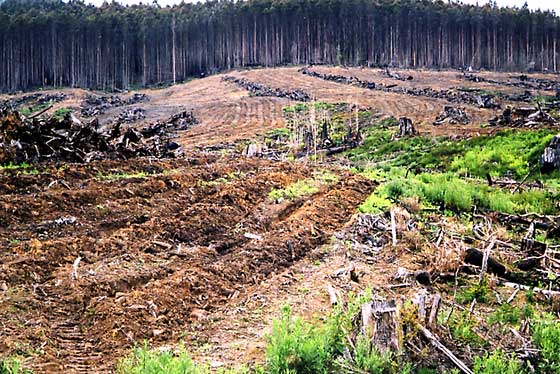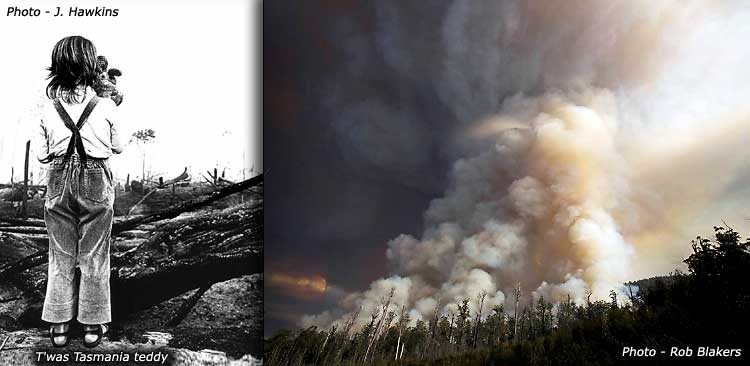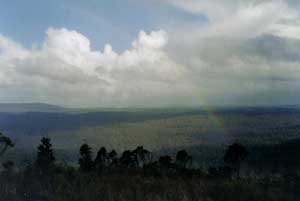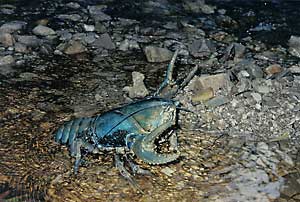|
WATER S.O.S TASMANIA - Social Impact
|
|||||||||||||||||||
|
|
 |
||||||||||||||||||
|
|||||||||||||||||||
|
FORESTS
| BIO-MASS
| CATCHMENT STABILITY
| SEDIMENT & NUTRIENT
LOSS | CLIMATE
PLANTATION EFFECT | CHEMICALS | FIRE | CARBON | SCIENCE of FORESTRY | STABILITY / INSTABILITY SOCIAL IMPACT | M.I.S. ASSAULT | TOURISM | COMMUNITY LINKS | OTHER LINKS GOOGLE EARTH | CLOUDS | TREES | MOUNTAINS | ARCHIVED MEDIA CLIPS |
|||||||||||||||||||
|
|
|||||||||||||||||||


